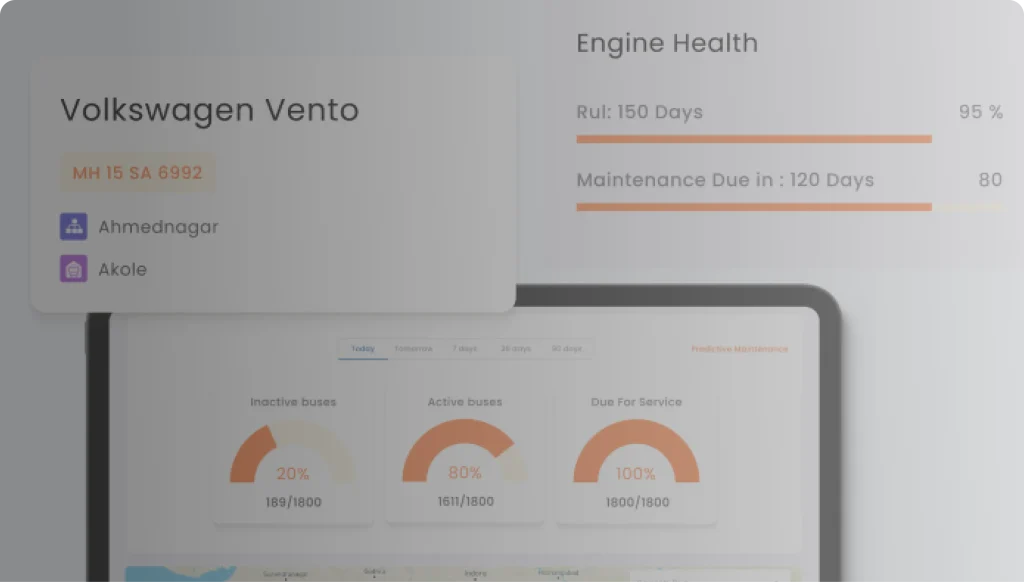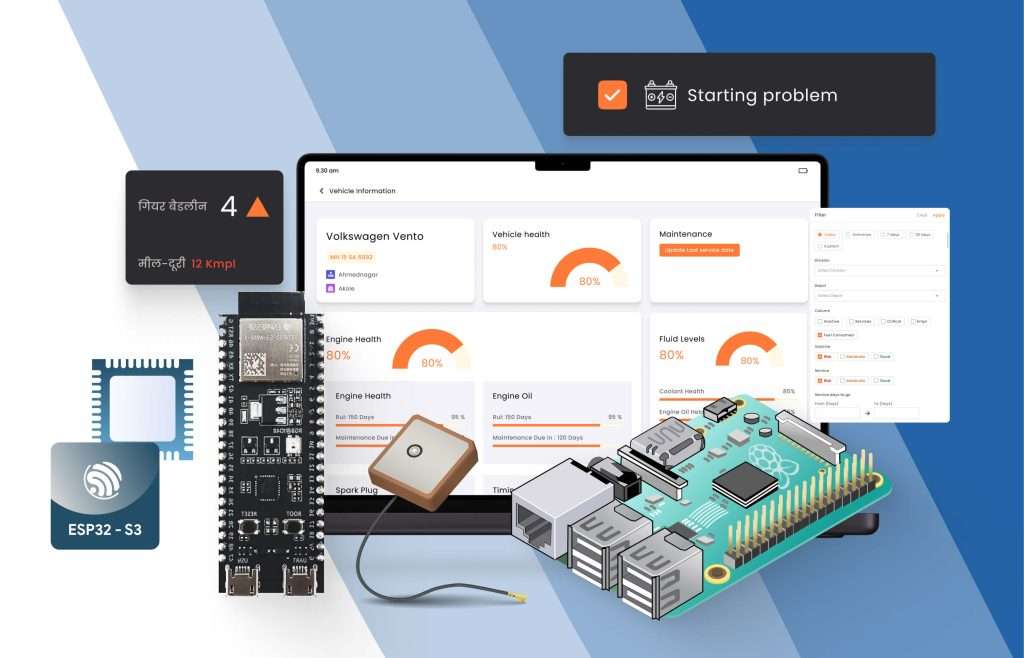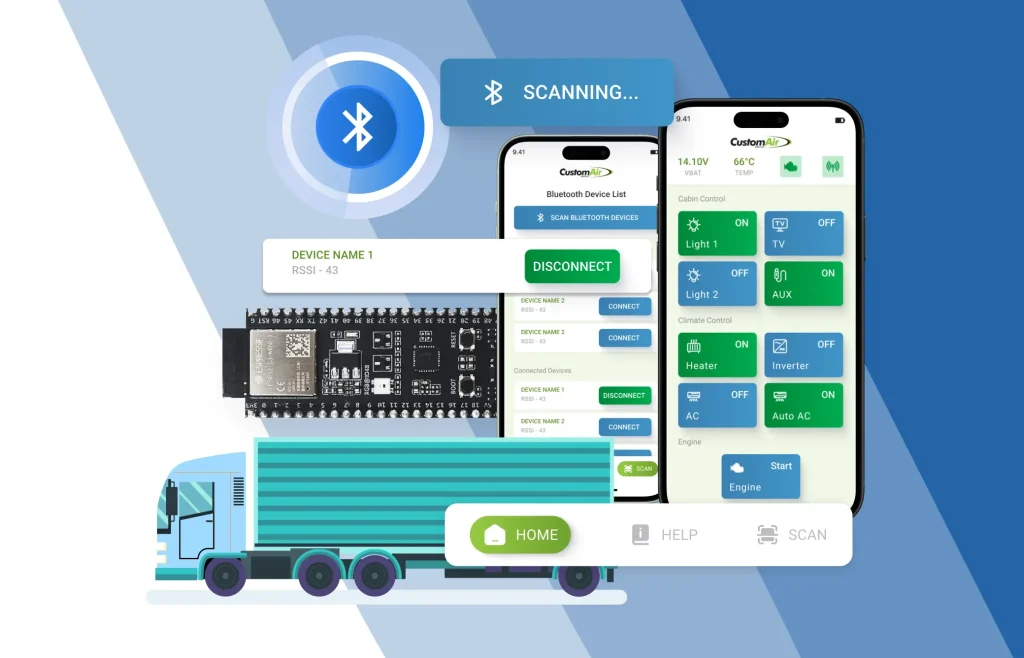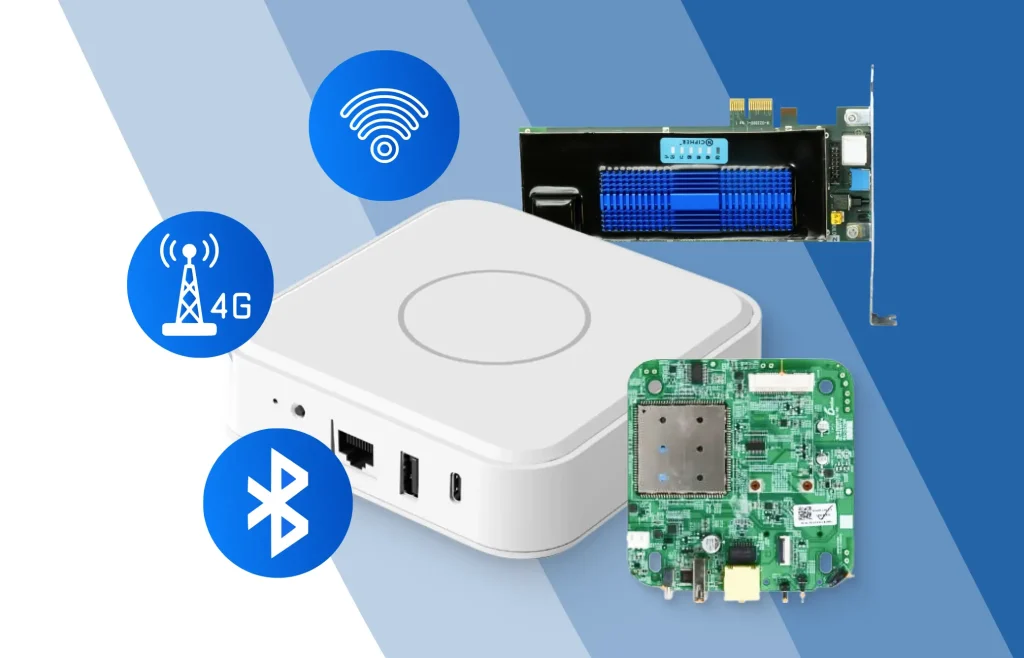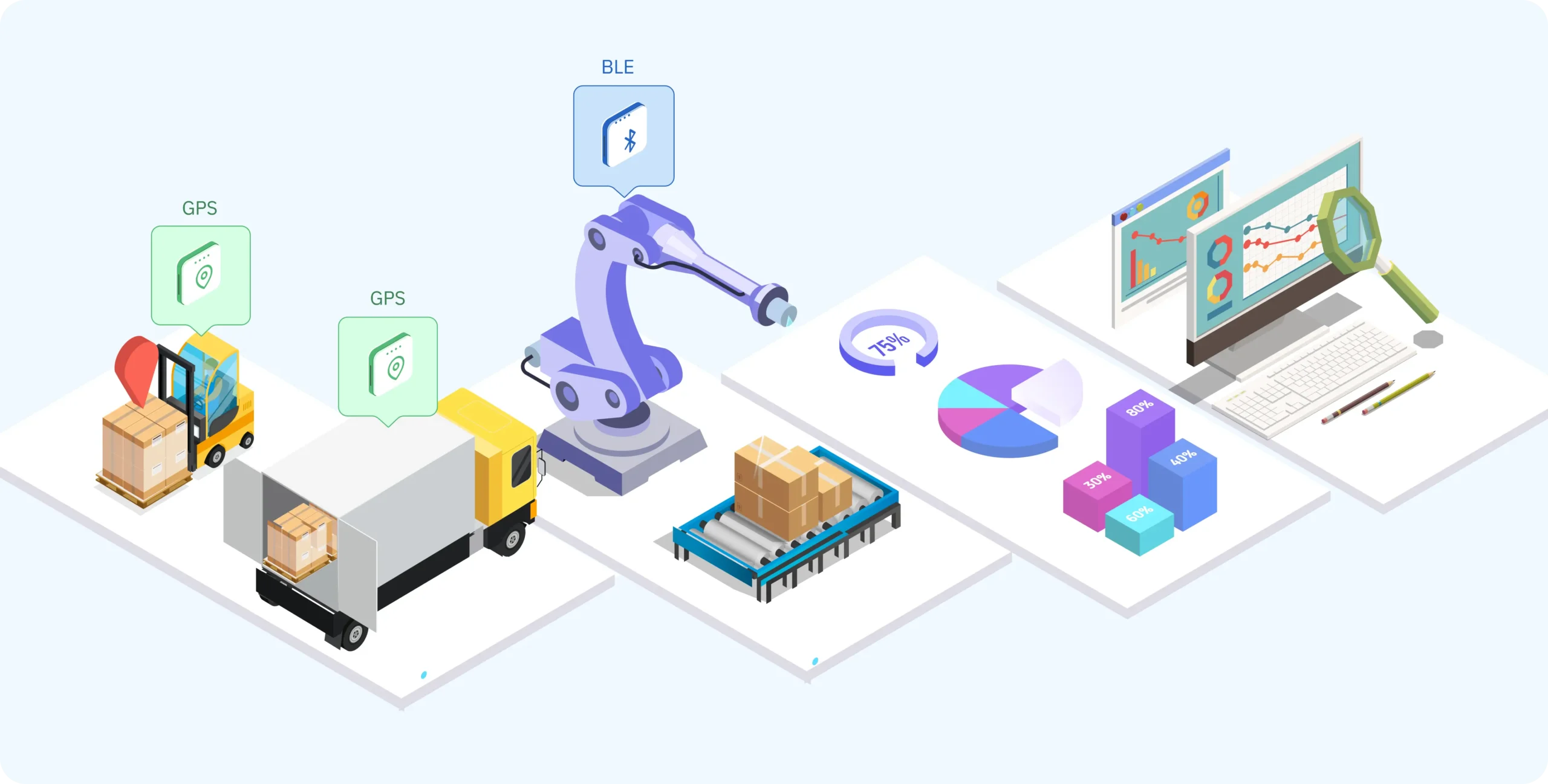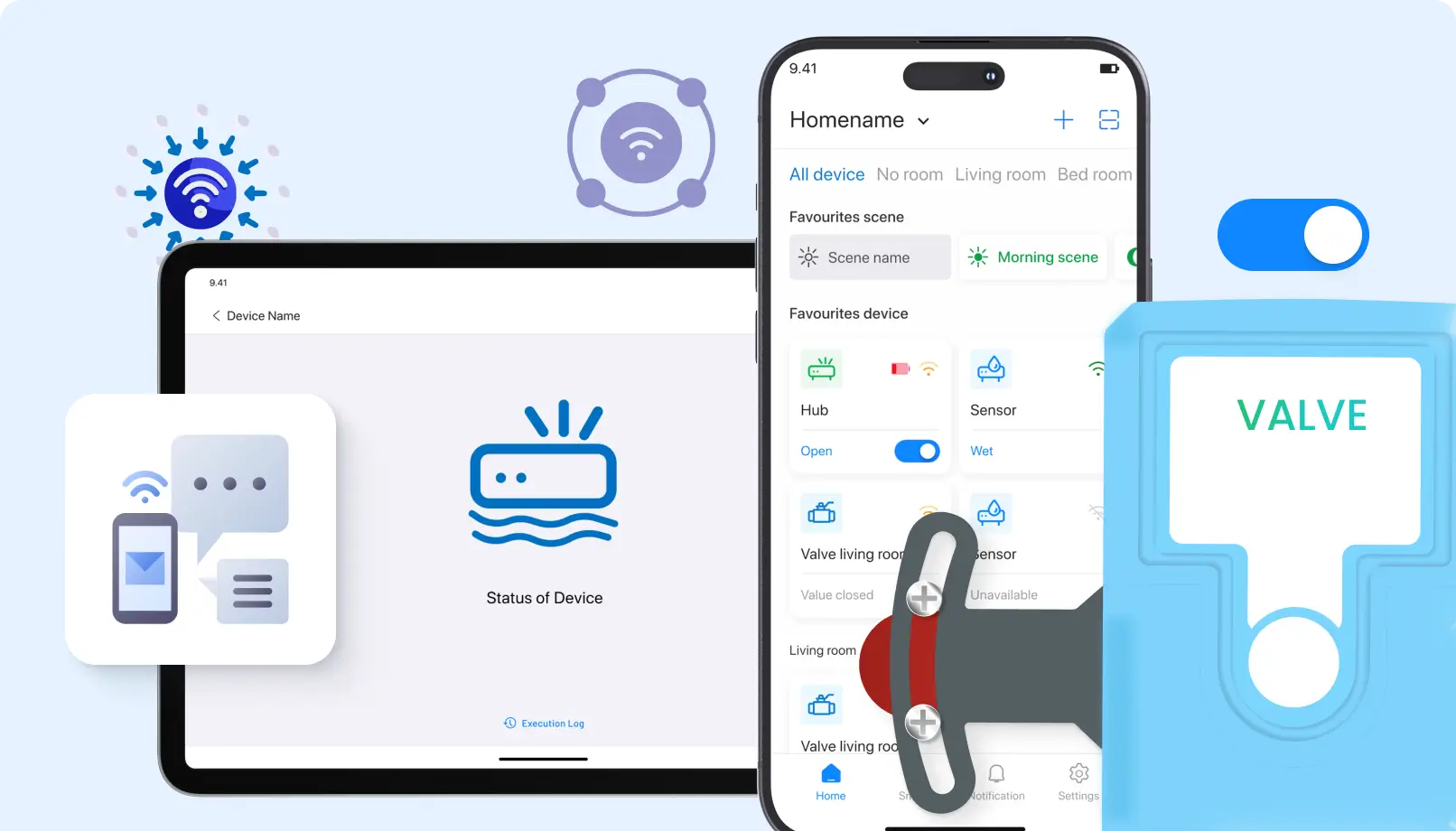Understanding IoT in Fleet Management
The Internet of Things is a network of gadgets hooked up to the internet that gather real time information. In fleet management, IoT means putting sensors and telematics devices in vehicles. These devices send live data about stuff like where the vehicle is, how fast it’s going, how much fuel it’s using, and if the engine’s okay. Then this data will provide useful tips helping fleet bosses make smart choices.
Key Components of IoT in Fleet Management
Telematics Devices
Telematics devices make up the core of IoT in fleet management. Companies put these gadgets in vehicles to gather and send info about how the vehicle runs and how the driver acts. New telematics systems have GPS trackers, tools to measure speed changes, tools to measure rotation, and different sensors that keep an eye on engine health, how much fuel is used, and other key measurements.
Cloud Computing
Telematics devices create a ton of data that needs to be stored and handled well. Cloud computing gives the setup needed to deal with this data. By using cloud platforms, fleet managers can see data and analysis in real-time from anywhere, which helps them make quick choices.
Data Analytics
Data analytics has a big impact on turning raw data into useful insights. Smart analytics tools use AI and prediction models to look at data trends, spot patterns, and guess future events. This helps fleet bosses to predict when they need to fix things, make better routes, and boost how well their fleet does overall.
Mobile Apps
Mobile apps are key to IoT-based fleet management systems. These apps give fleet bosses and drivers updates and alerts right away, so they can stay in touch and know what’s going on all the time. Mobile apps also make it easy for fleet operators and drivers to talk to each other, which makes things run smoother and better.
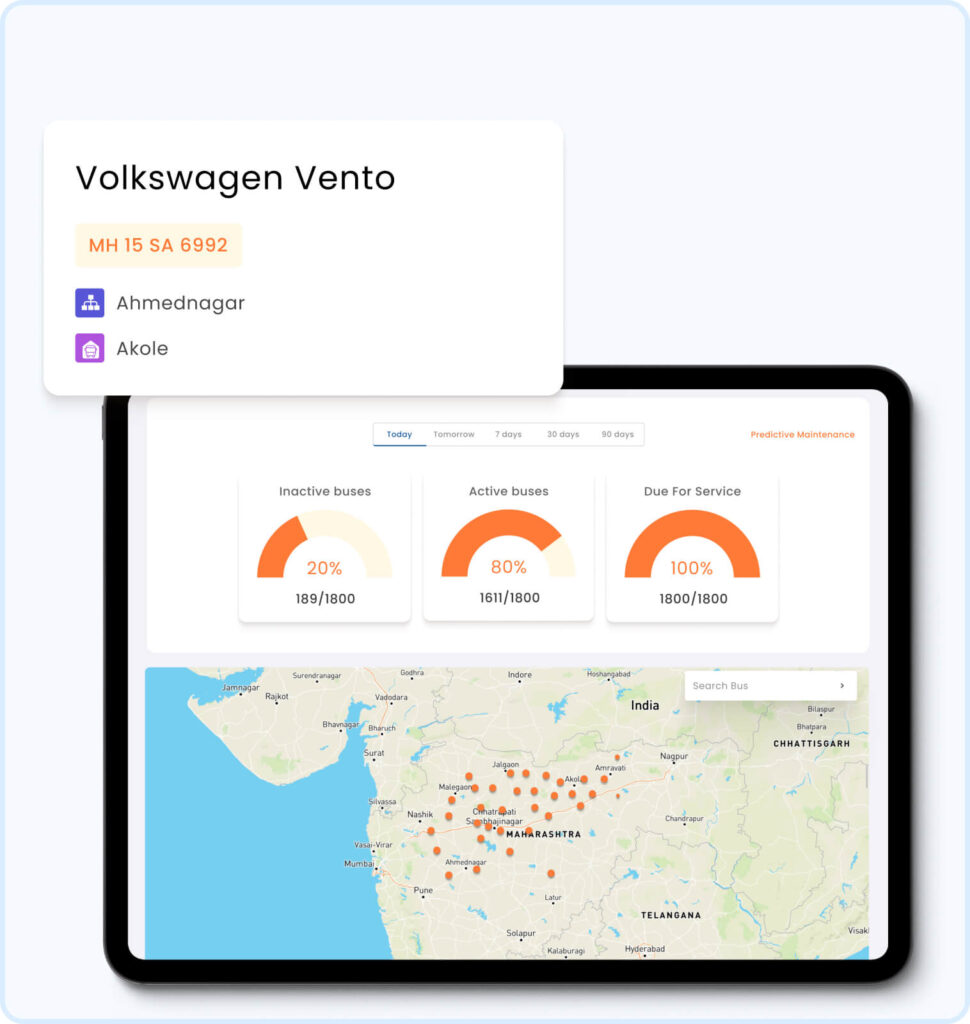
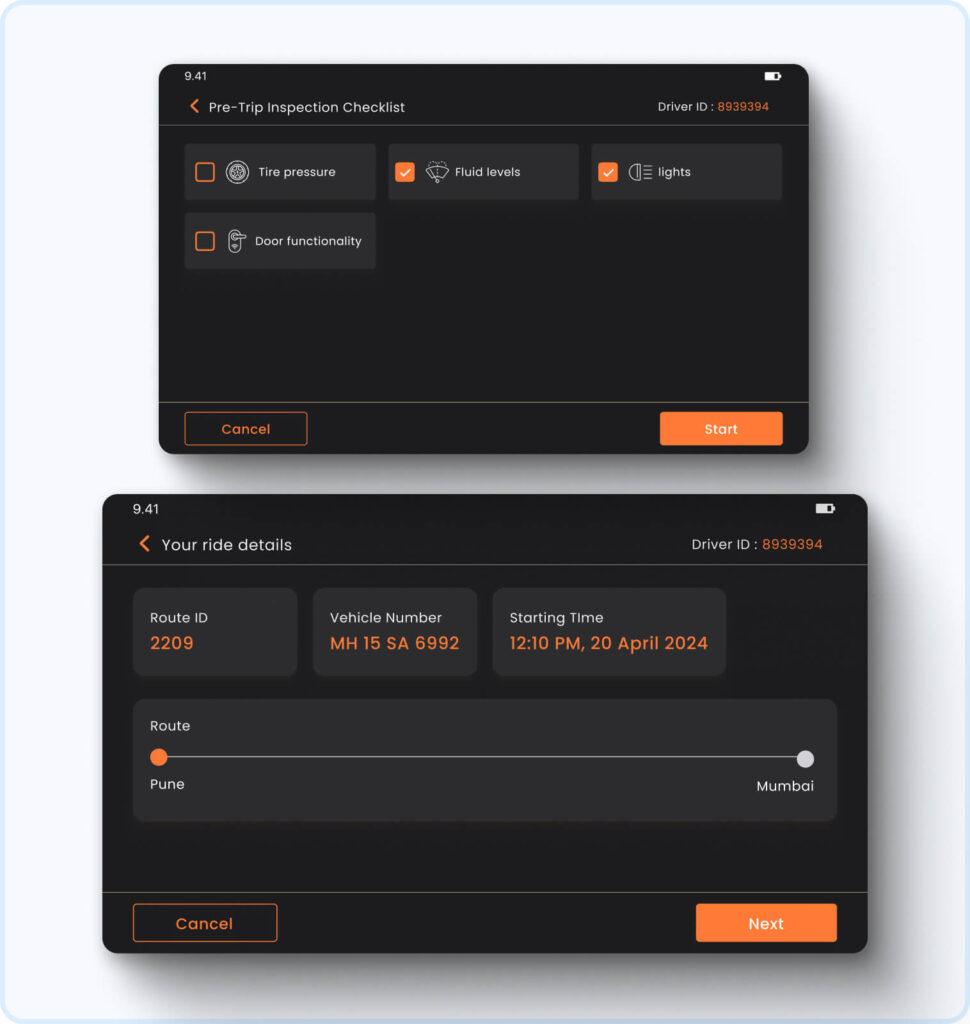
Benefits of Our Custom IoT Dashboards
Enhanced Vehicle Maintenance
One of the biggest perks of IoT in fleet management is to predict when vehicles need fixing. IoT sensors keep an eye on how healthy vehicles are, spotting issues before they turn into big headaches. Take, for instance, sensors that watch engine heat, oil amounts, and tire pressure. These sensors give fleet bosses a heads-up about possible repair needs. This way of staying ahead of problems cuts down on vehicles being out of action, makes them last longer, and saves money on fixes.
Improved Fuel Efficiency
Fuel costs are a major expense for fleet operators. IoT technology helps optimize fuel usage by monitoring driving behavior and vehicle performance. Telematics devices provide insights into factors such as idling time, harsh braking, and acceleration patterns, enabling fleet managers to implement fuel-saving measures. Additionally, route optimization tools help identify the most efficient routes, further reducing fuel consumption.
Better Safety
Fleet management puts safety first. IoT gadgets keep an eye on how drivers act while they’re on the road. They spot risky stuff like going too fast slamming on the brakes, or turning too . People in charge of fleets can use this info to teach drivers and give them tips, which helps them drive safer. If there’s a crash, these IoT things can tell you what went down. This makes it easier to figure out what happened and deal with insurance.
Real-Time Tracking and Monitoring
IoT-enabled fleet management systems help track vehicles in real time. This lets fleet managers see where vehicles are, how fast they’re going, and what they’re doing. This clear view makes things run smoother. Managers can change routes and schedules when needed. Real-time tracking also makes customers happier by giving them better info on when their stuff will arrive.
Autonomous Vehicles
IoT tech helps fleet managers use their vehicles better. It does this by looking at data on how cars are used and how well they work. Managers can spot cars that aren’t being used much and send them to busier routes. This smart use of resources saves money and gets more work done.
Enhanced Predictive Analytics
As IoT tech gets better, it’ll have a bigger impact on predictive analytics. Smart computer programs will get way better at guessing when trucks need fixing how much gas they’ll use, and the best ways to get around. This means the people in charge of trucks can make smarter choices and save even more money.
Blockchain Integration
Blockchain stuff can make IoT fleet management systems safer and more open. It creates a record of all the data and money stuff that’s hard to mess with, which cuts down on people trying to cheat and makes everyone trust each other more. This can also make things easier, like keeping track of when trucks get fixed, dealing with insurance, and following the rules
5G Internet
The launch of 5G networks is going to make IoT devices way more powerful. 5G’s super-fast data transfer and quick response time will let these gadgets talk and crunch numbers in real-time like never before. This means fleet management systems using IoT will work better and faster making customers happier and things run smoother.
Conclusion
IoT tech in fleet management is causing a revolution in the transport and logistics world. It gives real-time info and useful insights letting fleet bosses make vehicles work better, be safer, cost less, and serve customers better. There are some issues, like keeping data safe, making it work with old systems, and high costs at first. But in the long run, IoT’s good points can’t be denied. As tech keeps getting better, IoT in fleet management looks set for a bright future promising even cooler advances and ways to save time and money.
Fleet operators who use IoT are making their operations better and showing they’re ahead of the curve. IoT in fleet management is just starting out, and there’s no limit to what it can do. Companies that stay up-to-date and put money into the right tech can get the most out of IoT and push their fleet operations forward. This isn’t just about making things work better – it’s about being a leader in new ideas. By keeping an eye on what’s new and choosing the right tools, businesses can tap into all that IoT has to offer and take their fleet management to the next level.
